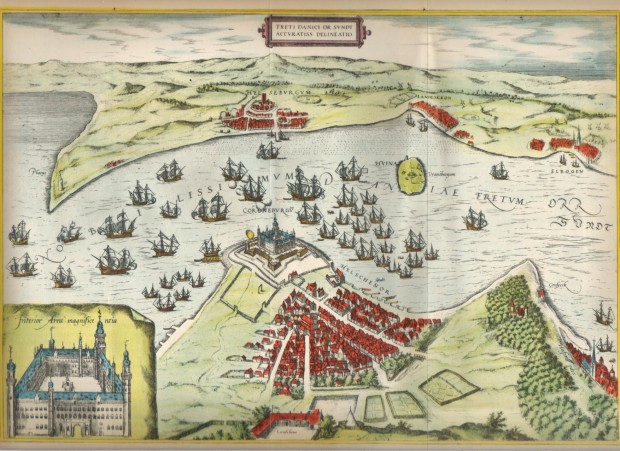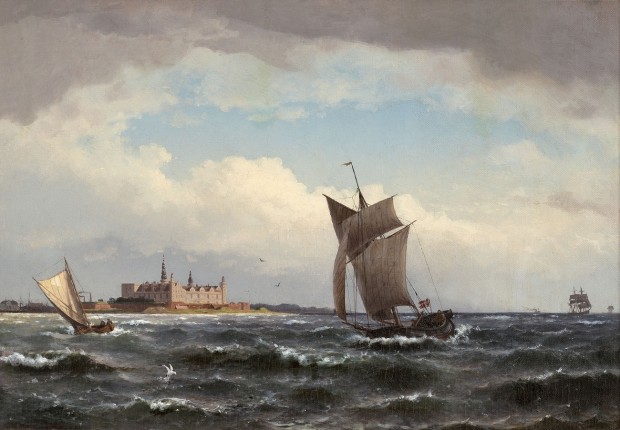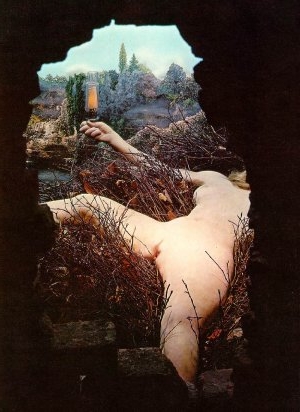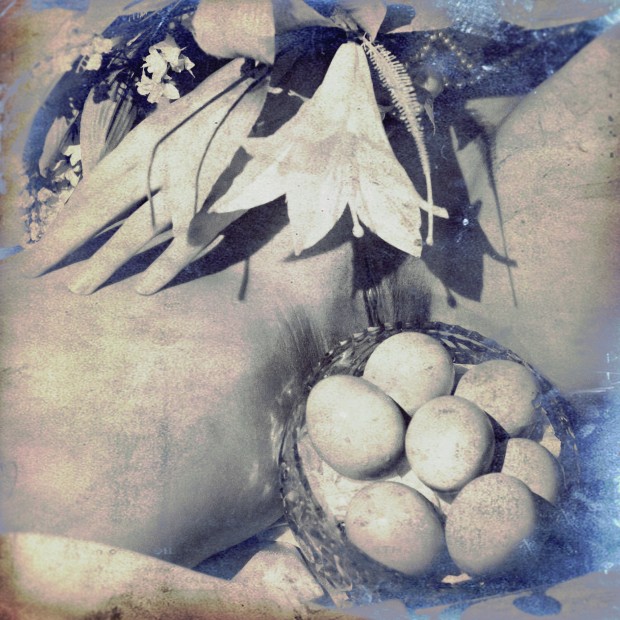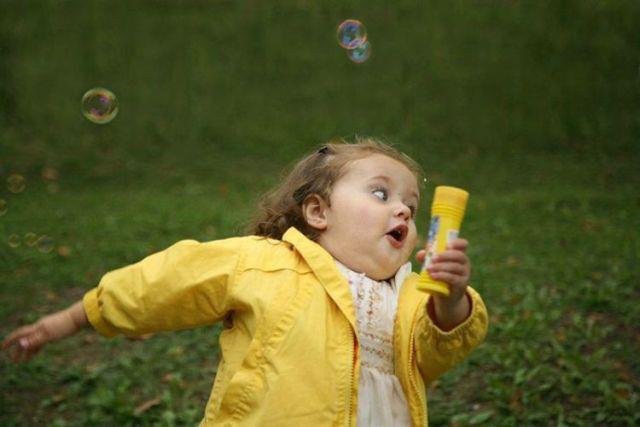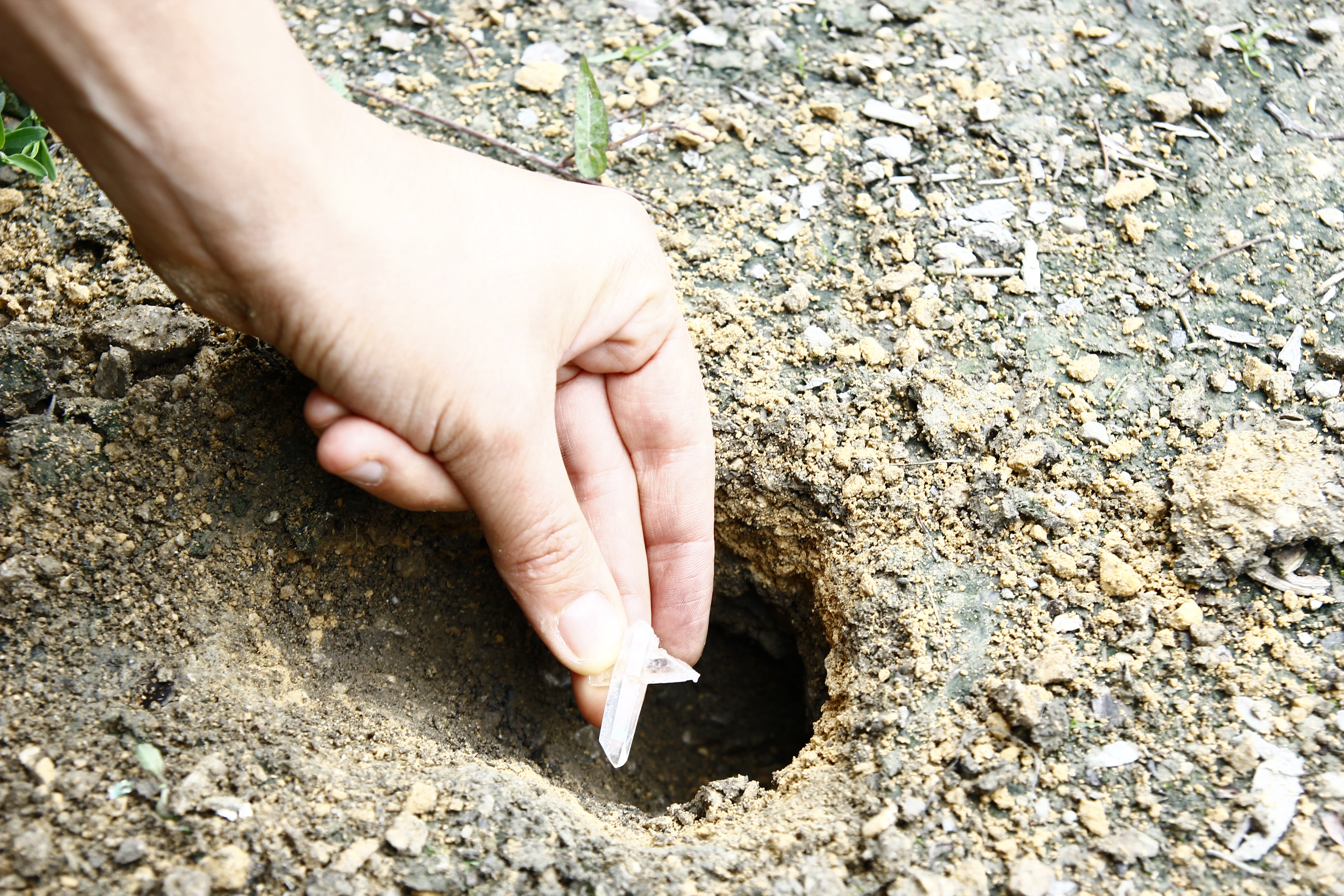project
BUBBLE SCORE SESSION #4
3-3 February 2016
PARTICIPANTS
Isabel, Agnes, Esteban, Christian, Lili, Anouk, Robin, Lilia, Arianna, Aela, Brendan, Juan, Luiza, Sana, Tinna
P> Q >R
1) Isabel > Aela > Juan
2) Esteban > Sana >Tinna
3) Arianna > Christtian > Esteban
4) Sana > Luiza > Lilia
5) Luiza > Anouk > Sana
6) Christian > Brendan > Christian
7) Anouk > Lili > Luiza
8) Brendan > Juan > Agnes
9) Lili > Isabel > Aela
10) Agnes > Esteban > Arianna
11) Juan > Tinna > Lili
12) Aela > Lilia > Isabel
13) Tinna > Robin > Brendan
14) Robin > Agnes >Anouk
15) Lilia > Arianna > Robin
QUESTIONS:
1) Isabel > Aela > Juan
Isabel, in your performance, you set up a space with a candle and a pendulum while reading a text that sound very precise in a scientific way. I then wonder how do you relate science and mystic in your work…
Here an extract of one of my former text : ‘ d’une étrange manière il me semble que la science – dans l’impossible dépassement de ses limites – finisse par regarder en. / ‘ in a strange way, science – ceaseless facing its inability to reach boundaries – ends up looking toward ‘
This sentence is for me the metaphor of the endless research of knowledge, the endless will to know… And at some point when this anxious infinity reveals itself to the researcher, the only peaceful answer he/she can draw, takes the aesthetic of the mystic.
Here is my question: in regard of emotional truth, is there, at the end, any difference between scientific and mystical knowledge ?
2) Esteban > Sana >Tinna
dear Esteban
What you created as a stage for love, loss and time, is infinity.
A circulation with no beginning and no end, a loop, an endless abyss, a lifetime process of gaining and losing, birth and death.
You insert colors to this infinity, yellow, blue, green, purple….
Also the words are there and the silence, the hesitation and certainty, the memory and desire,
What covers the distances?
3) Arianna > Christtian > Esteban
Dear Arianna,
part of the question you were answering was:
“Who do you become by imitating animals and what effect does it have on society?”
Your slide show told a story about gathering food, catching behaviour and solo endeavours of rodents and birds. These creatures are so small that they can live inside a regular human meal.
Considering taste, texture and durability; what kind of meal would you like to live in?
4) Sana > Luiza > Lilia
Dear Sana,
Your works always take me somewhere else, I always feel in an ancient something, even when you use the latest geo technology, there is something about the way you propose things, your connection to your language, memory, that triggers me into a nostalgic sadness, not really sadness, but I always fell kind of blue afterwards. During your performance I kept remembering myself of the places in Rio which have nature related names, and a few of them the same names you read us, and thought it funny that if I was to tell you about them, of course we would meet each other in the English language. And so, different streets, in very different places, meet each other within language.
I’m not sure what I want to ask, if it is “what do you think is the story behind displacement”? Or, if it is “are we always wanting to be in two places at the same time”? But I guess that maybe these two questions can meet somewhere, so I’ll let Lilia take us forward here :)
x
Luiza
5) Luiza > Anouk > Sana
Dear Luiza , when I saw your proposal, I immediately thought of an old french movie ‘Le passe muraille’ from Marcel Aymé. My question is an extract of this movie. It’s in french. I like that you don’t speak the langage and can only get information from the images, body langage, expression and sounds . Enjoy, Anouk
6) Christian > Brendan > Christian
It worked. Q and Captain Picard’s answer to Hamlet. During the bubble feast, i asked you a bit about the ShakesTrek text that you presented and read. And you let me know that your father lives very near the castle wear Prince Hamlet in Shakespeare’s play was said to have lived and the great tragedy takes place. In fact you can see Kronborg Castle from your father’s window, placed strategically on the extreme northeastern tip, at the narrowest sound between Denmark and Sweden. I can picture it easily, simultaneously sinking and rising in the mist and taking its forms in the changing sun and moon lights.
7) Anouk > Lili > Luiza
8) Brendan > Juan > Agnes
The question develops as a code – contribution to Brendan’s Image by adding more images and words…
A.Etant Donné by Marcel Duchamp
B. A random image that Google gives when you type “Histoire de l’œil” by Georges Bataille
- The word Acéphale
Departing from a fragment of the text presented by Brendan…
“Where as polite or not
and grey in the silk ground of flower bond
b-o-n-d.
for thinkers shouldn’t be so much.
(so many) they are confusing the whole(hole)- structure”.
I would like to ask you also with an iconic Image
What dust means in your practice?
Dust Breeding, Man Ray and Marcel Duchamp, 1920
9) Lili > Isabel > Aela
Dear Lili:
Itchy sensations arouse in my theets. My tung was reading invisible stuffed letters. Yet, my voice was fenced, replaced by visceral sounds, feeling congested. How much are congestion and viscerality intertwinged in your practices?
10) Agnes>Esteban>Arianna
Dear Agnes,
After your text/performance, I have a somewhat enigmatic quote and an image as questions:
“You never look at me from the place from which I see you” J, Lacan
11) Juan > Tinna > Lili
Dear Juan. In your video you showed us a dung beetle rolling its dung, without ever seeing a result in its work, or seeing the end to the story of that beetle with its task. It was fascinating and hypnotizing to watch this machine at work without getting the satisfaction of seeing it succeed. To study its techniques and persistence when it was basically a status quo operation.
It reminded me of the fascination of kids ( and some grown ups) watching machines and people at work, at e.g. building sites, or trashmen collecting garbage etc. Why is that a common universal fascination – is it trying to understand a procedure, or to admire individual craftmanship ?
Question – Why do you keep on watching ?
12) Aela > Lilia > Isabel
Aela, on your answer to Yaari last week you stumbled up on the words: “my soul (/psyche) is forcing me to speak of bodies that changed into new forms”.
It made me think about speech capacity as an autonomous entity. With not much knowledge about speech I remembered a book by Judith Buttler titled “Excitable speech, a politics of the performative” and stumbled myself on a notion of Austin that distinguishes “illocutionary” from “perlocutionary” speech acts. I think what you did was an illocutionary speech act. You were doing what you were saying. Changing your body and the language simultaneously while seemingly acting under a force or drive that governed you, trying to embody speech. The impossible task of coherence and union. I’m thinking of embodiment as the condition of the performative and performative being exactly what escapes. I’m interested to know Isabel what do you think about this and if this is a concern you have in your practice.
13) Tinna > Robin > Brendan
Tinna, It seemed to me that you embodied the narration of a medium who was acting as a channel between the dead and their relatives and friends in a seance-type situation. What interested me most about the text was the position of 1st person that you took, first as the medium describing how the person died , then becoming the dead person and speaking their words. By embodying their voices it seemed to me that they and you shared multiple realities- The reality of the context created by the medium, the reality of the voice that was being embodied, and the reality of your narration of these voices. It seems that the boundaries of our bodies are permeable and we can be possessed by a voice or voices. But this leads me to question the solidity of everything and what is the territory of a person or thing and their boundaries and is there a common space where all these things are stored. This all reminded me of Rupert Sheldrake’s theory of Morphic Resonance and the idea of a common pool of memories and knowledge. This theory sees the body and the mind not as centres (which can be possessed) but more as decoders, descrambler, receivers of information, information which is held in a common pool/cloud/sphere.
who was acting as a channel between the dead and their relatives and friends in a seance-type situation. What interested me most about the text was the position of 1st person that you took, first as the medium describing how the person died , then becoming the dead person and speaking their words. By embodying their voices it seemed to me that they and you shared multiple realities- The reality of the context created by the medium, the reality of the voice that was being embodied, and the reality of your narration of these voices. It seems that the boundaries of our bodies are permeable and we can be possessed by a voice or voices. But this leads me to question the solidity of everything and what is the territory of a person or thing and their boundaries and is there a common space where all these things are stored. This all reminded me of Rupert Sheldrake’s theory of Morphic Resonance and the idea of a common pool of memories and knowledge. This theory sees the body and the mind not as centres (which can be possessed) but more as decoders, descrambler, receivers of information, information which is held in a common pool/cloud/sphere.
So my question here is: What is the importance of the role of the voice in your performance?
14) Robin > Agnes >Anouk
Dear Robin, I remember the word touch, repeating and commanding a horde of distorted words to pass through the world wide web in order to do what they are talking about: not to be understood but to touch. A long-distance touch that actually not only stretched the spatial distance. Echo and technology also caused a delay, a time displacement that doubled our five minutes effectively, very impressive! What do you think could be the potential of distortion in relation to time?
15) Lilia > Arianna > Robin
The way Focault describes the dynamics of the relationships of power in the excerpts quoted by Lilia made me think about weather forecast.
“These relations of power are then changeable, reversible and unstable.”, says F.
To me, this means that they are a matter of time – as much as the relationships of care and taking care are.
(taking) care ![]() (taking) time
(taking) time ![]() power relations
power relations
Time is the variable that allows us to think about power and care as entire complex multidimensional and changeable systems of forces.
They are processes. How do they transform? How to capture, even if momentarily, their movements and changes?
I am thinking about the weather forecast as a model to analyse them.
What scheme/function to use in order to process them?
How to register/record their patterns?
KEYWORDS: voice, resilience, “this is strange”, flower-bond, death, out of reach, seeking the limits, animal, provocation, childhood
REPORT


